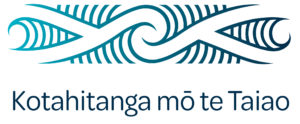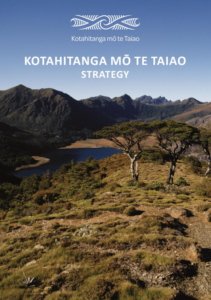Ngāti Tama ki Te Tauihu Environmental Protection Plan
The purpose of this plan is to highlight Ngāti Tama aspirations for managing ancestral whenua, awa, wāhi tapu and wāhi taonga in the Ngāti Tama rohe (from Whangamoa in the east to Kahurangi in the west). The plan is a tool for Ngāti Tama to:
- express kaitiakitanga and uphold customary rights, obligations and responsibilities;
- describe Ngāti Tama values, interests and priorities for natural resource management;
- protect, maintain and enhance the mauri and wairua of natural resources and the relationship Ngāti Tama maintains with the natural environment; and
- ensure that the management of natural resources achieves meaningful cultural and environmental outcomes, and a positive next benefit to the environment.

Kotahitanga mō te Taiao Alliance
Kotahitanga mō te Taiao is an alliance formed by of all the Councils and some of the iwi in the top of the South Island, and the Department of Conservation. Our focus is on landscape-scale conservation projects that also have environmental, social, economic, and cultural benefits.
Many of our biodiversity taonga are unique to New Zealand (Aotearoa). The environment and people are interconnected. Look after the environment and the environment will look after you. The Strategy has been created by the Kotahitanga mō te Taiao Alliance (the Alliance) to facilitate collective action, enable access to funding opportunities to enable and enhance delivery on biodiversity outcomes. Kotahitanga is about collaboration, working together to achieve shared outcomes that enhance and protect te Taiao, our natural heritage.
The Alliance is committed to working in partnership to align and integrate the efforts of Alliance members. This Strategy has been created with the support of practitioners and scientists active in natural heritage management. This process worked through collaboration and consensus on the issues and opportunities. The creation of the Strategy did not involve a formal collation and documentation of evidence, although many of the contributors are published authors on these matters.



